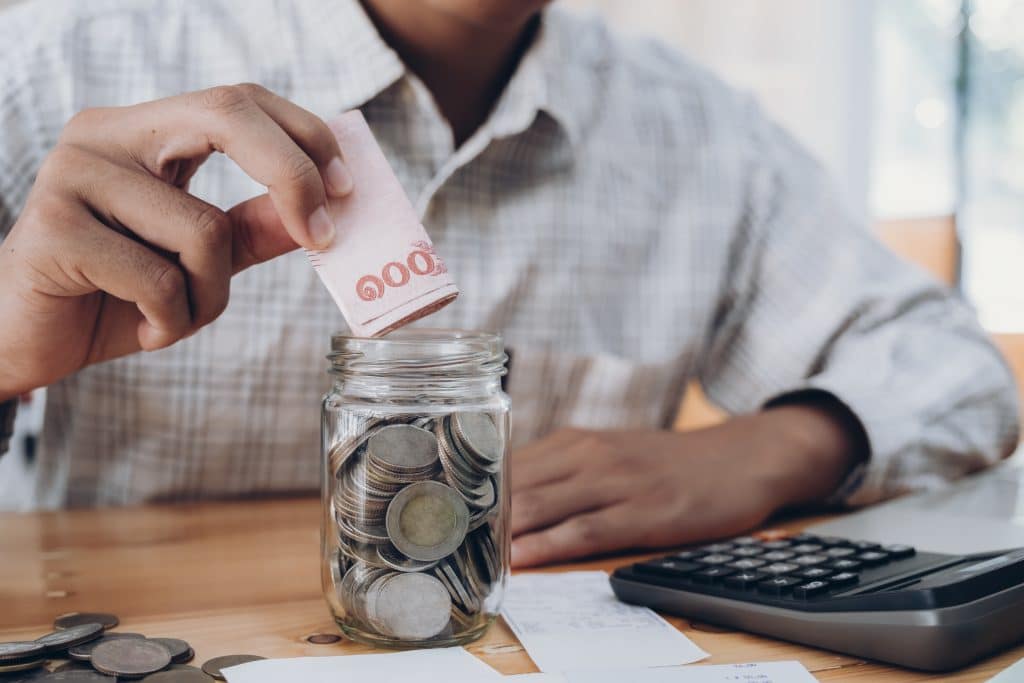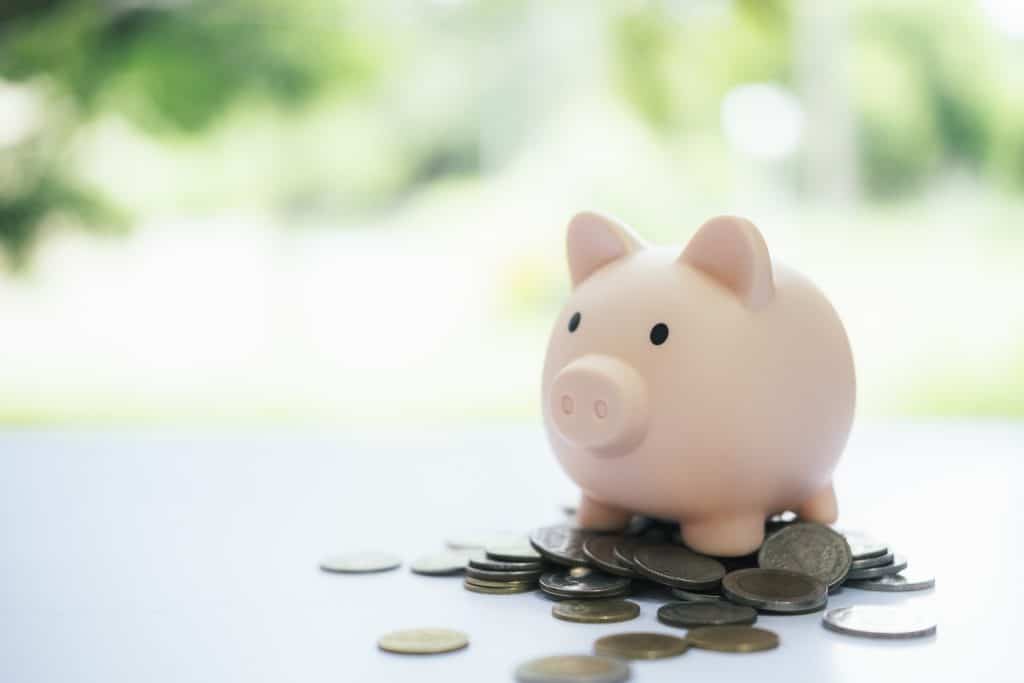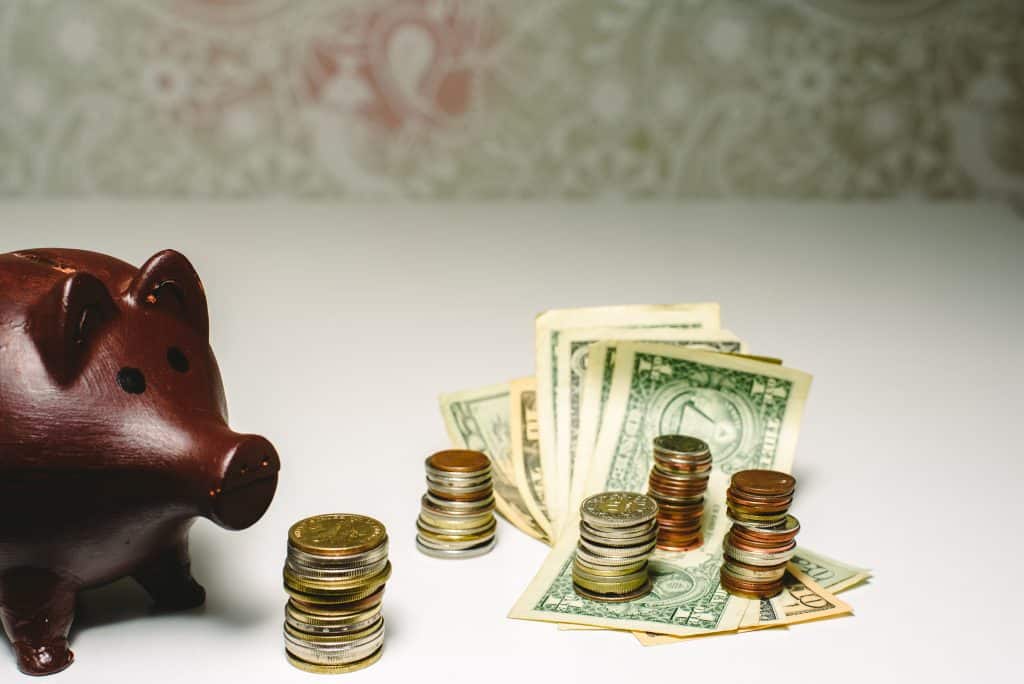Financial emergencies can arrive anytime, and it’s often hard to imagine when or what form they will take. Preparing yourself financially from medical bills to job losses, can help take the edge off those worrying situations. One way to do this is by having an emergency fund that you can dip into in times of need. While it may seem daunting to set up such a fund, with the right knowledge and steps, it’s pretty simple – here, this article will explore how you can build your emergency fund today so you’re ready for whatever comes your way!
Contents
- 1 Why Having An Emergency Fund Is Important
- 2 How To Build An Emergency Fund
- 3 Determine Your Emergency Fund Goal
- 4 Establish A Timeline For Building Your Fund
- 5 Choose The Right Type Of Account
- 6 Create A Budget And Stick To It
- 7 Automate Your Savings
- 8 Review And Adjust Your Emergency Fund Regularly
- 9 Start Building Your Emergency Fund Today!
Why Having An Emergency Fund Is Important

Having an emergency fund can bring a sense of financial security and stability in times of crisis. While the amount saved in an emergency fund can differ from person to person, it has become a reliable safety net for many individuals dealing with sudden, unforeseen expenses or prolonged financial hardship. Those without an emergency fund can be put in difficult situations, unable to pay for urgent medical costs or car repairs. However, having one allows them to remain financially afloat without debt.
In addition, for those stuck dealing with job losses or underemployment, the peace of mind from having an emergency fund provides invaluable support, allowing them to focus on searching for opportunities while reducing the stress of trying to make ends meet. An emergency fund can offer countless benefits and be integral in helping people stay above water during difficult times.
How To Build An Emergency Fund
It’s no secret that building an emergency fund can take time, but here are some tips to help get you started:
Determine Your Emergency Fund Goal

The first step in building an emergency fund is determining how much money you need to save. Experts recommend saving at least three to six months’ living expenses. To calculate your emergency fund goal, you must add up your essential living expenses, such as rent or mortgage payments, utility bills, groceries, and insurance premiums.
It’s also important to consider debt payments, such as credit card bills or student loans. Once you have a total for your monthly living expenses and debt payments, multiply this amount by three or six, depending on how long you want your emergency fund to cover.
Establish A Timeline For Building Your Fund

Once you know how much money you need to save, you can create a timeline for building your emergency fund. This timeline will depend on your current financial situation and how much money you can realistically save each month. If you have a stable job and a low debt-to-income ratio, you may be able to save the required amount of money within six months to a year. If you have a less stable income or a high level of debt, it may take longer to build your emergency fund.
To create a realistic timeline, divide your emergency fund goal by the months you want to save. For example, if you want to save $10,000 in 12 months, you’ll need to save $833.33 monthly. If this amount is too high, consider extending your timeline or finding ways to increase your income or reduce your expenses.
Choose The Right Type Of Account

Once you have a timeline for building your emergency fund, the next step is to choose the right type of account to store your savings. When selecting a savings account, consider interest rates, accessibility, and fees.
A high-yield savings account is a popular option for emergency funds because it offers a higher interest rate than a traditional savings account. This means your money will earn more interest over time, helping it grow faster. Additionally, most high-yield savings accounts are FDIC-insured, which means that your money is protected by up to $250,000 per account holder per bank.
Accessibility is also important when choosing an emergency fund account. You want to be able to access your money quickly and easily in an emergency. Look for an account that allows quick withdrawals without penalties or fees.
Finally, consider any fees associated with the account. Some savings accounts charge monthly maintenance fees or require a minimum balance to avoid fees. Read the fine print and choose an account that fits your needs and budget.
Create A Budget And Stick To It

To build your emergency fund, you’ll need to find ways to free up money in your budget to save. Creating a budget can help you identify areas where you can cut back on expenses and prioritize your emergency fund savings.
Start by tracking your expenses for a few months to understand where your money is going. Then, identify areas where you can reduce your spending, such as dining out, entertainment, or shopping. Consider creating a “no spend” challenge for yourself, where you commit to not spending money on non-essential items for a set time.
Once you have a budget in place, make sure to stick to it. Use a budgeting app or spreadsheet to track your income and expenses each month and adjust your spending as needed. Remember, every dollar you save brings you closer to your emergency fund goal.
Automate Your Savings

One of the easiest ways to build your emergency fund is to set up automatic transfers from your checking account to your emergency fund account. This way, you won’t have to think about saving money each month – it will happen automatically.
Most banks allow you to set up automatic transfers online or through their mobile app. You can choose the amount and frequency of the transfers, such as $100 per month, on the first of each month. By automating your savings, you can avoid the temptation to spend the money earmarked for your emergency fund and make steady progress toward your goal.
Review And Adjust Your Emergency Fund Regularly

Reviewing your emergency fund goal and timeline periodically is important to ensure they are still realistic. Life circumstances can change quickly, and you may need to adjust your savings plan accordingly.
For example, if you experience a decreased income or an unexpected expense, you may need to extend your timeline or adjust your savings amount. On the other hand, if you receive a windfall or pay off a significant amount of debt, you can accelerate your savings timeline.
Review your emergency fund plan at least once a year and adjust as needed. This will help ensure that you are on track to meet your goal and that your emergency fund is prepared to handle unexpected expenses.
Start Building Your Emergency Fund Today!
Building an emergency fund is essential to achieving financial security and peace of mind. By determining your emergency fund goal, establishing a timeline, choosing the right account, creating a budget, automating your savings, and reviewing your plan regularly, you can build an emergency fund that will protect you against unexpected events and give you greater financial stability.
Building an emergency fund takes time and discipline, but the benefits are worth it. With a solid emergency fund in place, you can rest easy knowing that you are prepared for whatever life throws.


